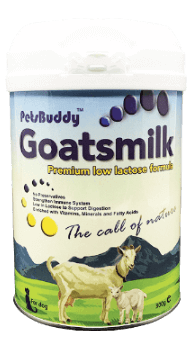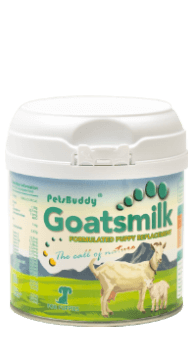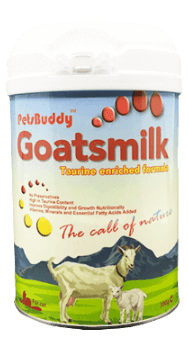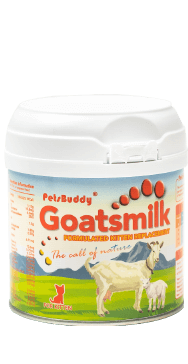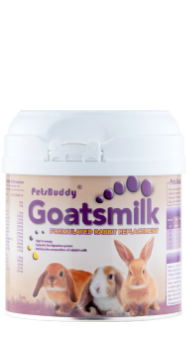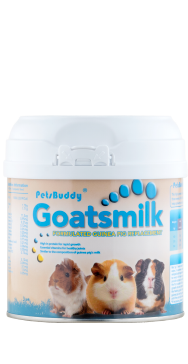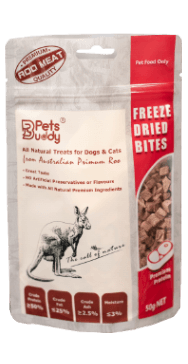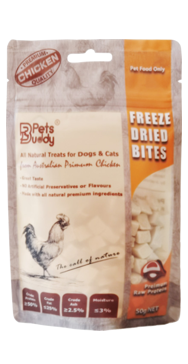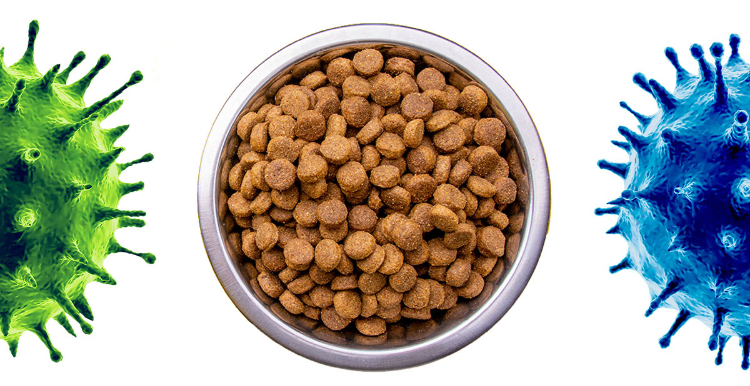Pet food supply chain during COVID-19
Smaller pet food brands have potentially less ability to adapt to supply chain problems, these brands especially need to focus on flexibility and capacity to maintain shelf presence and get products to market. This pressure on small brands could influence business strategy.
Pet food sales channels during pandemic
The pet specialty and veterinary channels have seen an ongoing, significant drop in traffic, Pet owners don’t want to spend time browsing in pet specialty shops, or using grooming services. Instead, purpose-driven shoppers make quick visits for specific items, not stopping to share pet food tips with other customers. Likewise, veterinary visits are kept to a minimum. At the same time, pet owners buy more products online. Pet food subscriptions lock consumers in and maintain them for the long haul.
Pet ownership trends during pandemic
Pets have filled in for friends and family as people stay home during the pandemic. “People spending more time at home with their pets developing that bond gives you an opportunity to innovate market around those pet owner and those owner bonds that are that are growing as well as new pet owners who are coming into this space for the first time during COVID-19.”
However, pet owners traditional means of socializing with each other have also been altered. Pet owners no longer take their animals with them to stores, reducing the experiential element of the retail experience.
So what are other ways that pet owners can socialize and engage with one another in online forums or other types of environments?”Jared Koerten, head of pet care at Euromonitor International said.
Pet food brands can find new tools for owner engagement in a digital world, whether that's live streaming a pet sampling a product, or engaging via pet owner platforms, he said.
